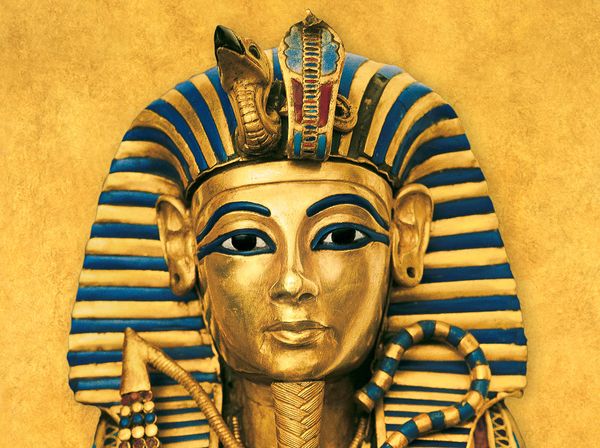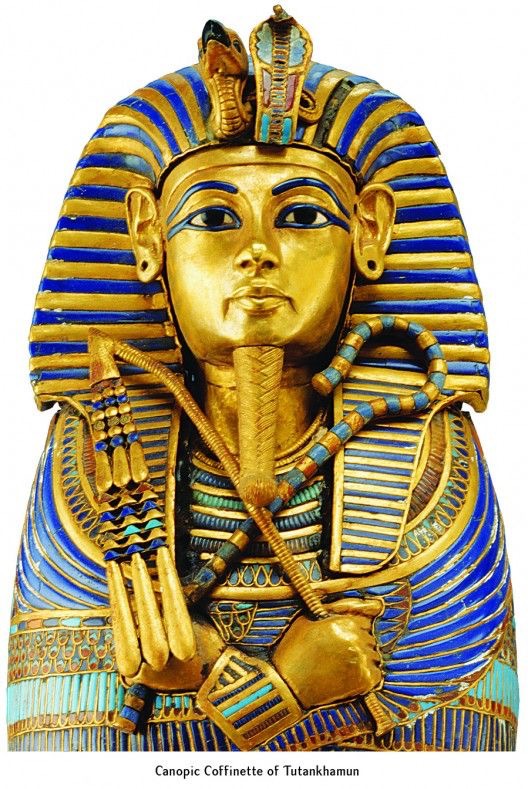

Make no mistake, Ramses the Great was not a modest pharaoh.

The son of Seti I, with whom he had a period of co-regency, Ramses II went on to declare himself a god, while earning a reputation as a great warrior, fathering 96 children and ruling for 67 years. Ramses II’s reign was undoubtedly the greatest of the 19th Dynasty and, even by pharaoh standards, unabashedly ostentatious. The cause of his death remains a mystery to Egyptologists. “King Tut”, as the pharaoh became known after the discovery of his spectacular burial site, only reigned for 10 years, and died aged just 20. The youngest pharaoh in Egyptian history when he ascended to the throne at just 9 or 10 years old, Tutankhamun became the most famous Egyptian pharaoh of all.īut the young pharaoh’s fame isn’t the result of extraordinary achievements but instead derives almost entirely from the discovery of his tomb in 1922 – one of the great archaeological finds of the 20th century. Image Credit: Roland Unger, CC BY-SA 3.0, via Wikimedia Commons It is one of the most copied works of Ancient Egyptian art and can be found in the Neues Museum.Īfter Akhenaten’s death, Egypt rapidly returned to polytheism and the traditional gods he had disavowed. As well as being the wife of an Ancient Egyptian Pharaoh, Nefertiti was made famous by her limestone bust. He chose the site as it was uninhabited – it was not the property of anyone else, but Aten’s.Īkhenaten’s wife, Nefertiti, was a strong presence during his reign and played a significant part in his religious revolution. At the same time he changed his name, he ordered a new capital city to be built. Amarna wasn’t a previously recognised place before the rule of Akhenaten. The meaning of his new name, “He who is of service to the Aten”, honoured what he believed to be the one true god: Aten, the Sun God.Īkhenaten’s religious conviction was such that he moved the Egyptian capital from Thebes to Amarna and named it Akhetaten, “Horizon of Aten”. The son of Amenhotep III, Akhenaten was named Amenhotep IV at birth but changed his name in accordance with his radical monotheistic beliefs. Indeed, Amenhotep III’s accomplishments as pharaoh were more cultural and diplomatic than military few Ancient Egyptian pharaohs can match his architectural and artistic legacy. Thutmose III never lost a battle and his military exploits won him the respect of his subjects and, for many, a status as the greatest ever pharaoh.ĭuring Amenhotep III’s 38-year reign, he largely presided over a peaceful and prosperous Egypt. The pharaoh’s military training paid off and he earned a reputation as something of a military genius indeed, Egyptologists sometimes refer to him as the Napoleon of Egypt. Thutmose III dedicated himself to military training while his step-mother was pharaoh, only taking over the role of main ruler when Hatshepsut died in 1458. She took to the role of pharaoh and proved an accomplished ruler, re-establishing important trade routes and overseeing extended periods of peace. Hatshepsut shored up her legitimacy as pharaoh by claiming that her mother was visited by the deity Amon-Ra while pregnant with her, thus signalling her divinity.

2. Khufu (reign 2589 ‒ 2566 BC)įrom Cleopatra to Catherine de Medici, women in power receive very different criticisms to men. This pyramid, in which Djoser was buried, was the first structure to realise the iconic step design. What is known, however, is that he oversaw the construction of the famous step pyramid at Saqqara, a hugely significant milestone in ancient Egyptian architecture. Djoser (reign 2686 BC – 2649 BC)ĭjoser is perhaps the most famous Third Dynasty Egyptian pharaoh, but little is known about his life. Yet, despite the spiritual reverence with which they were regarded, the pharaohs were also responsible for the more earthly concerns of leadership, and each Egyptian pharaoh had a unique legacy some were architectural innovators or revered military leaders while others were brilliant diplomats. Interpretations varied from ruler to ruler, of course, but the pharaohs were generally thought to be imbued with divinity and were effectively regarded as intermediaries between the gods and people. The Ancient Egyptian pharaoh’s role was both political and religious. But the stories of the Ancient Egyptian pharaohs undoubtedly bring us closer to a fascinating civilization that spanned over 3,000 years and 170 pharaohs. The remarkable sophistication of the Ancient Egyptian empire is still hard to reconcile with how far back in time it existed.


 0 kommentar(er)
0 kommentar(er)
